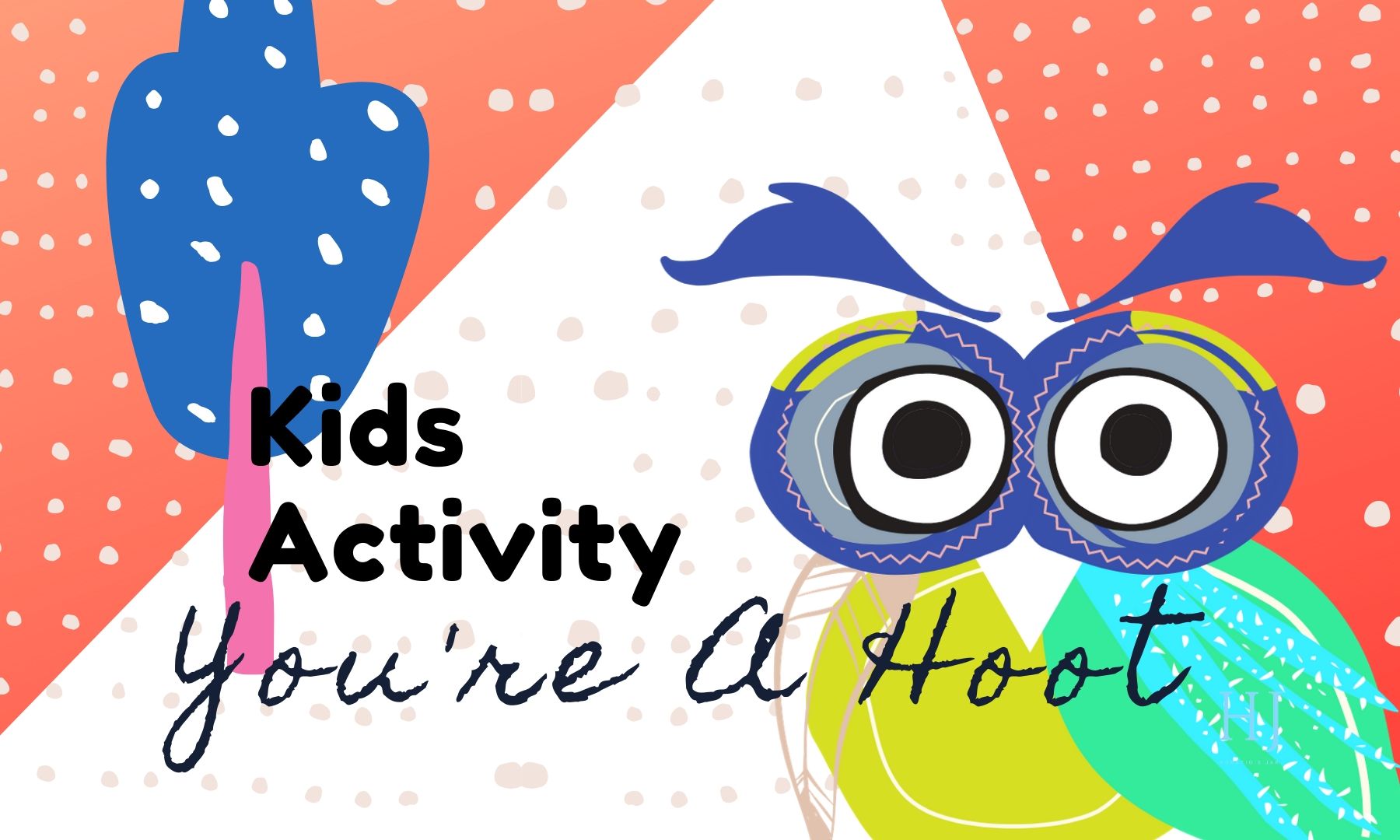Published by: Digital Schools
The Lorax - A Kids Learning Activity
Hey, Kids, there is a fun cut and paste word-game attached to this post. Click the button and download the file to print. You will need scissors, glue and some blank paper or a craft book to stick words too.
Cut out the words as individual pieces and arrange them in the right order to reveal Dr Seuss rhyme from the infamous storybook, The Lorax.
So Why Rhyme?
Rhyme brings rhythm and fun to literacy, and it teaches kids to find the similarities between words. It forms the foundation of literacy and language development by first teaching kids how to say words and memorise them in a pattern.
Rhyme teaches kids how to add inflection, rhythm, and tone to sounds and words, which helps them advance their language and oral skills. Kids that learn to rhyme in their early learning are more likely to have a broader vocabulary and find the transition from verbal learning to reading and writing easier.

Guest Contributor: Emily Rack
Business Name: Horatio’s Jar
Publisher: Digital Schools
Emily Rack is a yoga teacher, meditation instructor, freelance writer and visual content creator. She incorporates a unique creative flair into her yoga and meditation classes, courses and workshops. Emily hosts events and classes in schools and the wider community she is passionate about teaching the art of mindfulness and sharing her knowledge of arts, environment and wellbeing
——-
PUBLISHER’S DISCLAIMER: The publisher of this blog post (Digital Schools PTY LTD) works in partnership with the school as a 3rd party provider to help build and maintain the school website. Digital Schools sources a range of experts who provide products and/or services to educational institutions and we work with them to produce and publish topical information in the form of blog posts that we think may be relevant, interesting or topical to families within the community. The views, opinions and content listed in this blog post are that of the guest contributor and/or publisher (Digital Schools). It should be noted that whilst the publisher and guest contributors are acting with the best intentions and in the best interests of the school and their community to provide helpful or interesting information, sometimes the content may not necessarily reflect the views of the school.
The information in this blog post is not meant to be used, nor should it be used, to diagnose or treat any medical condition. For diagnosis or treatment of any medical problem, consult your own physician. The school and the publisher of this blog post are not responsible for any person reading or following the information in this article who may experience adverse effects.
Any references to external websites or sources are provided for informational purposes only and do not constitute endorsement by the school or publisher in any way and the publisher and/or school cannot guarantee accuracy of information listed.
If you have feedback on any content on this platform, you can submit it to the publisher using the feedback link provided at the bottom of this page.


